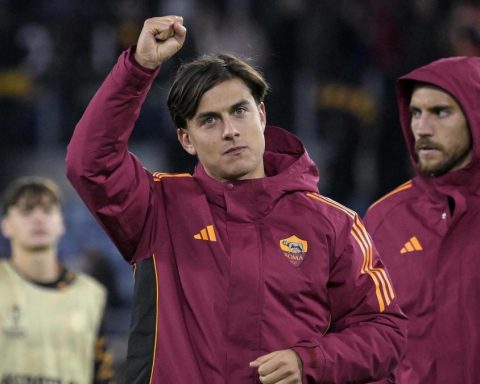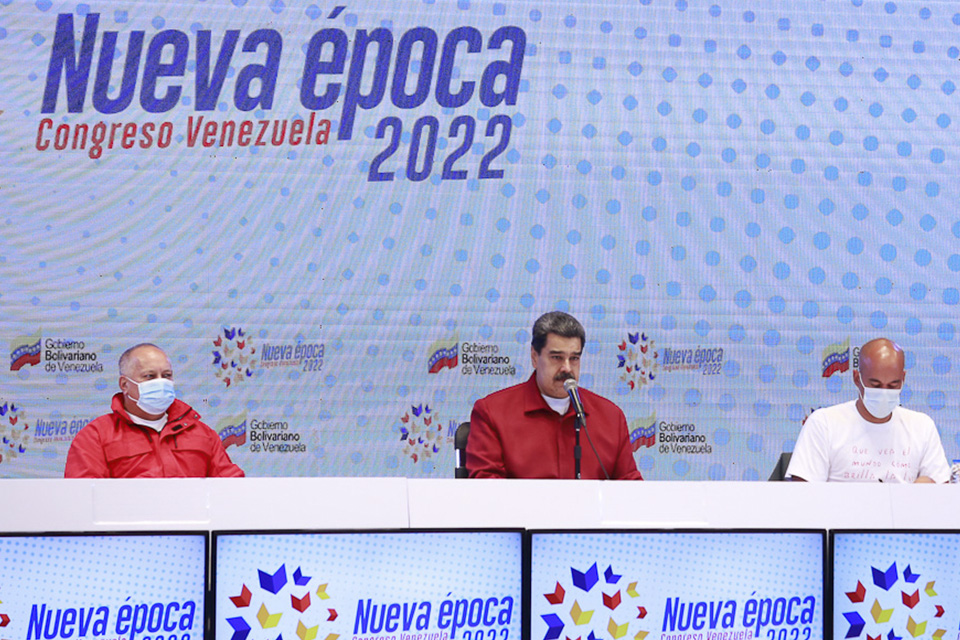After 60 minutes of non-stop cheering, the Nacional fans couldn’t take it anymore and began to shout their wish: I fight, I fight.In the 75th minute the long-awaited moment happened and Luis Suárez stepped on the grass of the Gran Parque Central again in his second debut with the Bolso shirt, against the Brazilian Dragon, Atlético Goianiense, in the first leg of the Copa Sudamericana quarterfinals.
With 34,000 seats sold, the local stadium looked full to the brim. No one from the self-proclaimed “first fan in the world” wanted to miss the return of ‘el Pistolero’ to the grass that saw him grow up and to which he now returns after 16 years in Europe.
This is how a local radio announcer predicted that the second half should take place for the local team that was losing from the 23rd minute with a headed goal from Luis Ferdinand.
Nacional tried, but failed to define and score a goal that would leave the door a little more open with a view to the second leg that will be played next Tuesday in Goiania.
Suárez left determined to everything and, although he fulfilled the request of the sports commentator and played with love for his team to the surface, He was barely able to touch the ball and suffered from the lack of shared time with his new teammates.
read also
Sheathed in the 9 that the Argentine gave him Emmanuel Gigliotti, who until this Sunday used that number, the new star could not give the fans a performance that lived up to expectations.
After Suárez announced his return to Nacional last week, the Brazilian team against whom Suárez played his first game on Tuesday showed his “fright” on Twitter with an ironic “Are you kidding?” before the expected news.
For Nacional, the #SuárezANacional campaign was a love story with a happy ending, which went from Twitter to the stands of the Gran Parque Central stadium and extended to the field of play. A story in which athletes, scientists and politicians participated.
The move reached more than 50 million accounts in 35 countries.
The tag, now transformed into #SuárezEnNacional, is the one that let the striker know that everyone wanted to see him again in the first team he played before taking his talent to Europe.
“I am here for you. Nowhere else would I be so happy. I came here because I want to win.” the attacker expressed a little more than 48 hours ago in the midfield after his direct arrival from the Carrasco airport to the stadium where today he played his first minutes of this new tricolor stage.
“I came here because I want to win. Winning means fighting for all the tournaments. We are in a big team and I am convinced that if we do things well we can get the titles that remain to us from now on”, concluded Suárez, who thus left Of course he wants the Uruguayan Championship and the South American Cup.
The Gran Parque Central, the first World Cup stadium in that edition of Uruguay 1930, is the same field where a very young Luis Suárez scored his first goal as a professional.
On the line, after a rebound, with a shot from his right leg, the scorer scored the last goal in Nacional’s 5-0 win over Paysandú for the Uruguayan Championship. He ran in the month of September 2005. He was 18 years old.
The tricolor was the team of ‘el Pistolero’ between 2005 and 2006, the year in which he began his European tour, which took him to the Dutch Groningen and Ajax, to the English Liverpool and the Spanish Barcelona and Atlético de Madrid.
THE KUN DID NOT MISS IT
In case the recipe for Lucho’s second debut in Montevideo was missing ingredients, the presence in the stands of former Argentine soccer player Sergio ‘Kun’ Agüero was addeda friend of the Uruguayan, who declared on social networks: “I have many friends who are fans of Peñarol, but from now on I’m going to support Luisito Suárez.”
“We came to see Nacional, not El Nacional, if not (sic) Luisito Suárez gets mad at me,” he wrote.
With a bittersweet taste for the local fans, Suárez’s return did not end in victory but the illusion deposited in ‘el Pistolero’ makes the tricolor fans continue dreaming of the comeback in the quarterfinals of the South American and also with the local tournament.
read also


















